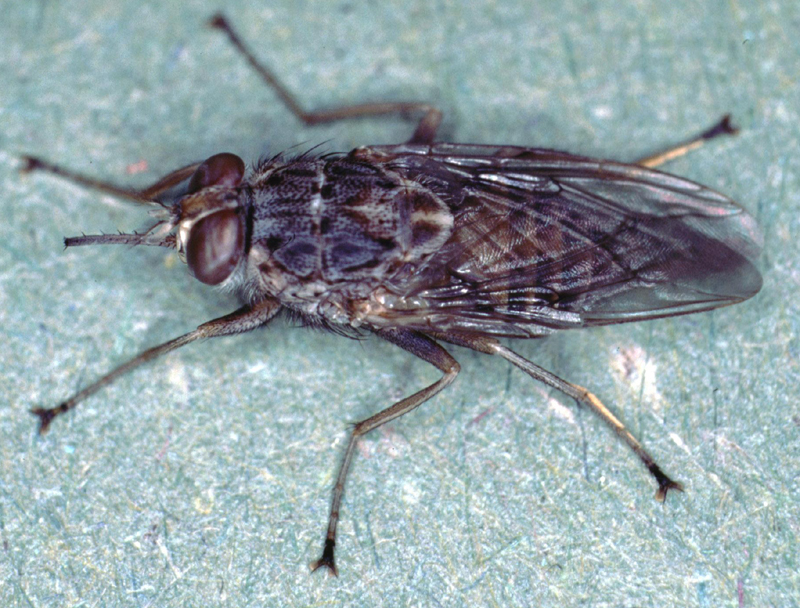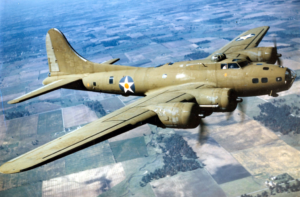Planet Earth is wonderful and wild with creatures that range from cute to downright scary. There are plenty of animals you’d never want to run into, or you could risk a severe injury or even death. Here’s a look at the 10 deadliest animals on Earth.
Blue Ringed Octopus

Watch out for this guy next time you’re in the Pacific or Indian Oceans. The blue ringed octopus is small but deadly, carrying enough venom to kill 26 humans with one bite if provoked. The bites are undetectable, with no discernible symptoms until the victim starts to hypoventilate and feel the venom’s paralyzing effect. Blue ringed octopus venom unfortuantely has no antidote, and contains a strong neurotoxin 1,200 times more toxic than cyanide.
Leopards

While plenty of the big cat family are dangerous, the cunning nature of the leopards make them one of the deadliest of the family. Most leopards will avoid people, however, there have been cases of man-eating leopards. The Leopard of Rudraprayag killed 125 people, and was finally shot in 1926, but most attacks are isolated. Leopards will prey on what is available, and will often drag their prey into the trees to keep it hidden from other carnivores.
Komodo Dragon

The Komodo Dragon is the largest species of living lizard, and can measure up to 10 feet long. These lizards have a keen sense of smell and they can detect prey from nearly 6 miles away from their location. Although their diet consists mainly of carrion, Komodo Dragons will attack live prey with steathly precisio, often knocking prey down with their large tail, then ripping out the throat. Fortunately, human attacks by Komodo Dragons are rare.
Ocellated Carpet Viper

Ocellated carpet vipers belong to the family Echis and are found in western Africa. They’re deadly because they may be responsible for 20,000 deaths in the Savanna, thanks to her hemotoxic venom. The venom activates slowly, with pain and swelling, followed by bleeding throughout the body, until finally the circulatory system collapses. One singular antivenom isn’t successful for treating the infection, but transfusions performed with other antivenoms may help.
Saltwater Crocodile

The Earth’s largest living crocodile is a behemoth reptile, measuring up to 23 feet and weighing over 1,000 pounds. As you can imagine, this combination can be deadly to humans, as the saltwater crocodile will eat anything that comes near the water, waiting just below the water’s edge for an unsuspecting victim. When an animal or human comes near the water, the crocodile strikes, flipping the prey into the water with a “death roll” until it drowns. Saltwater crocodiles have the ability to take down sharks, water buffalos, and other large mammals in seconds.
African Elephant

African Elephants are large and unpredictable, which means their aggression poses a serious threat to humans. The males of the species tend to be more deadly, and if mistreated or agitated, they can trample animals and humans alike to death. Safari goers have documented their experience with their vehicle being attacked or rammed by an African Elephant, and it’s not a pretty sight.
Tsetse Fly

It may look like a simple fly but looks are deceiving with this insect, the Tsetse Fly. These large flies feed on the blood of living animals in Africa, and unlike house flies, they have a long lifespan. Tsetse flies will feed on livestock such as pigs, crows, and horses, often causing death in the infected animals. The flies are dangerous for humans because they’re a primary carrier of a disease called African trypanosomiasis, also known as sleeping sickness. The sleeping sickness causes confusion, fevers, itching, joint pain, and continues to experience symptoms unless treated. The disease is widespread thanks to the fly, with 3,500 people dead in 2015.
Hippopotamus

Hippopotamus babies captured the attention of the Internet in 2017, but these cute tykes grow up to one of the world’s dangerous animals. An agitated hippopotamus can be unpredictable, as they have the power to capsize boats and knock down humans. Hippos have been known to attack humans, kudu and water buffalo, taking down their prey into the water. In 2014, a hippo attacked and overturned a boat down the Niger capital, killing 12 children.
Brazilian Wandering Spider

One of the most venomous spiders in the world, the Brazilian Wandering Spider is also known as the Banana spider or armed spider. There are eight species of this spider, and they’re all found in Brazil, wandering about on the ground rather than making webs. Venom from a Brazilian wandering spider bite can cause rapid or slow heartbeat, shock, vertigo, blurred vision, and other severe effects, fortunately, antivenom can help if treated in time.
Mosquito

Mosquitos seem annoying when you’re having a grill-out or enjoying time in your backyard, but did you know they can be deadly? The World Health Organization estimates that 50% of the world’s population can be at risk from diseases carried by mosquitos. Mosquitoes are carriers of malaria, West Nile, yellow fever, all of which can be deadly to humans. In 2015, 85,000 people died from mosquitos bites and associated illnesses, beating out sharks and snakes as the deadliest animal that year.






